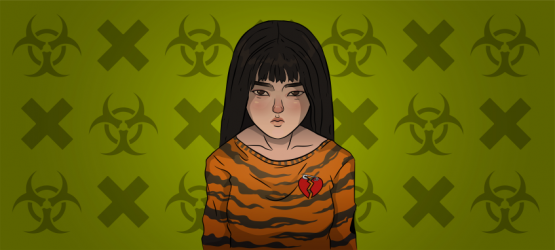6 Strategies to Develop Your Critical Reading Skills

To those in professions that involve using your mind as a tool, keeping skills like critical reading and critical thinking sharp is an absolute must. Most of us have been required to read critically during our education, but, strangely enough, the skill remains untapped or undeveloped by most adults.
Critical reading, by and large, concerns not discerning what the text says, but why it says what it says and a sharp critical reader will separate three functions that a text performs: what it says, what it does and what the congruity of those two is supposed to mean. In other words, to read critically is to think not about what the text says about one topic or another, but what the text attempts to accomplish by stating what it’s stating in terms of facts and arguments presented.
Here are some strategies that will help you become a better critical reader:
1. Develop Critical Reading Along With Critical Thinking
At least once a day, resolve to read something that attempts to argue for or against a cause. Then, spend some time to answer basic questions: what is the issue and why is it being discussed? What is this author advocating for? How do they justify their stance on this topic? Are these good reasons? Why or why not? For reading material, try the New York Times Opinion Pages.
2. Lay Your Thoughts Out
Some prefer using a pen and paper, but the easier way is saying what you’re thinking out loud, allowing your thoughts to go from something wishy-washy and unsound to concrete, composed statements. It might seem silly, but even advanced students of logical theory have to do this, and it’s definitely a practical skill worth developing. When you’re ruminating on a topic, your mind can go from one thought to the next, barely registering that something was there after your thought switches to something else. Verbalizing those thoughts allows them to bear weight and be recorded.
3. Read Up on Logical Theory
Learn what an argument is and the difference between deductive and inductive arguments. Finally, learn about what makes an argument valid, what makes an argument sound and how those two things differ from each other. There’s lots more to learn, but these are the basics that will serve you well when dissecting someone’s arguments.
4. Remember to Think Actively
Active thinking means asking questions when presented with statements, it’s opposition being passive thinking, which is based on relying on assumption, taking things at face value, and prejudice.
5. Be a Skeptic, Not a Cynic
Critical thinkers are naturally skeptical and suspicious, though in some, this can cross into cynicism. The rule of thumb for distinguishing between the two is that cynics will assume that something is malicious or untrue, while skeptics do not assume anything. Of course, we’re all just human and sometimes can’t help but fall victim to our emotions, however, try and remember that critical thinking involves thinking actively, and cynicism is purely passive emotional impulse.
6. Above All Else, Be Open to New Ideas
To a non-critical thinker, the world is only their perspective of it and what doesn’t fall into their view is dismissed simply because it’s different. A critical thinker, and, by extension, a critical reader judges ideas based on merit alone, accepting views that differ from their own and in fact readily exposing themselves to opposing views.
Using these guidelines will help you stay sharp and think on your feet when presented with someone’s opinions. Resolving to read critically is something everyone should do. It’s not in everyone’s character to read everything critically, nor is it possible to think critically and remain skeptical at all times, but in this world where your news come pre-chewed you’ll need the right tools to combat spin and misinformation.










